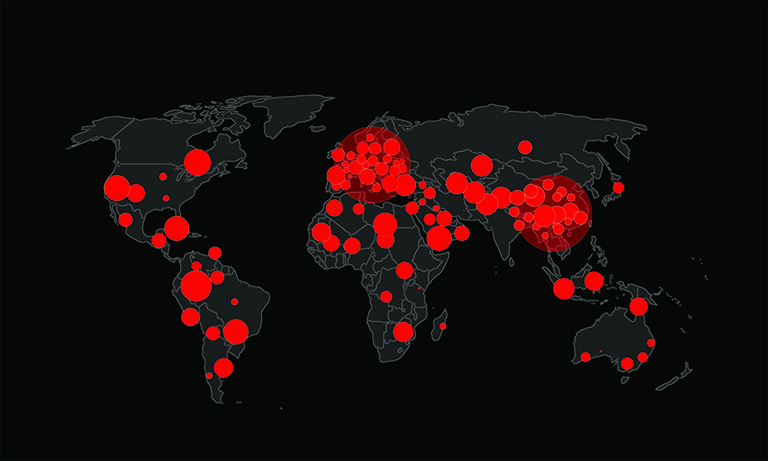Trojan:Win32/Casdet!rfn Malware Detection & Removal

Trojan:Win32/Occamy.C hacktool is a type of malware that often remains undetected on a user's device. While it may not show any obvious signs of its presence, the user may begin to notice changes in the performance of their computer's components over time. This is because the virus cannot completely conceal its activities, and some of its effects may eventually become noticeable.
However, in a large number of cases where this detection comes up, it may be a heuristic detection or a false positive.
Table of Contents
What Are Heuristic Detections in Anti-Malware Software?
Heuristic detections in anti-malware software are a method used to detect and identify new and unknown types of malware that have not yet been added to the software's virus definition database.
Heuristic analysis involves examining the behavior and characteristics of a program to determine whether it exhibits any suspicious or malicious behavior. This can include analyzing the code structure, looking for unusual file or registry modifications, and monitoring network activity.
By using heuristic detections, anti-malware software can identify and block potential threats even if they have not yet been specifically identified as malware. This is particularly useful in detecting new strains of malware that may have been designed to evade traditional signature-based detection methods.
While heuristic detections can be effective in identifying new types of malware, they can also lead to false positives, where legitimate programs are incorrectly identified as malicious. To minimize this risk, anti-malware software often combines heuristic analysis with other detection methods, such as signature-based scanning, to provide a more accurate and comprehensive approach to malware detection and removal.
What Are False Positives in Anti-Malware and Should You Be Worried?
False positives in anti-malware occur when legitimate files or programs are incorrectly identified as malicious and are flagged for removal or quarantine by the anti-malware software. False positives can be an annoyance for users and can potentially disrupt normal system operations. However, false positives are a common occurrence in anti-malware software and are generally not a major cause for concern.
While false positives can be frustrating, they are a sign that the anti-malware software is actively scanning and analyzing files for potential threats. False positives can occur for a variety of reasons, such as outdated virus definitions, programming errors, or the presence of files with similar characteristics to malware.
In some cases, false positives can lead to the removal or quarantine of important system files, which can cause system instability or even prevent the system from booting. However, this is a rare occurrence and can usually be resolved by restoring the affected files from backup or by reinstalling the affected program.
Overall, while false positives can be a nuisance, they are a normal part of anti-malware software and are not typically a cause for alarm. Users should regularly update their anti-malware software and review any files that are flagged as potential threats to ensure that legitimate files are not inadvertently removed or quarantined.









